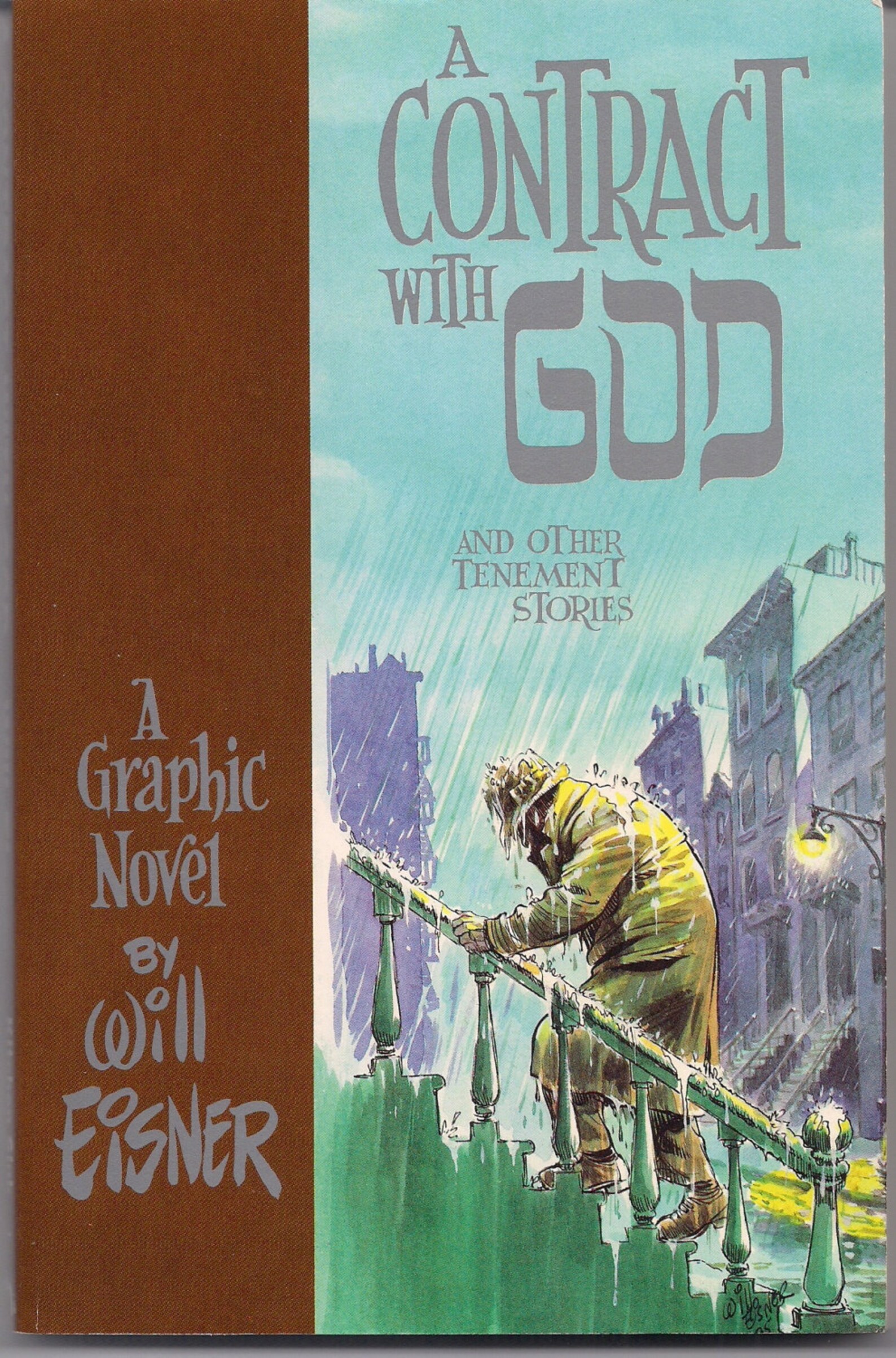

The artistic representation of every aspect of human life has become a persistent objective of comic authors and artists, and grief and sorrow are, of course, not to be dismissed from realistic stories about human experience and emotions. Of course, sadness and melancholy also cater to juvenile readers that celebrate gothic gloom, but the success in addressing new audiences indicates that simple weltschmerz is not the primary message. Tragedy, loss and grief have been a significant element of comics even in those times when they were predominantly read by children and adolescents, and over the last decades such aspects seem to have become one of the dominant features in many narratives and an integral part of the genre as such. This, however, does not necessarily lead to the consequence that they are also funny or unable to cope with serious issues. And he depicts Jews as the benevolent benefactors of African-Americans while glossing over the persistent tensions and complex accusations and counter-accusations that have long bedeviled this relationship.Ĭomics are fun. He ignores the fact that racism in the US directed against people of color has always been significantly greater than that directed against Jews. Eisner tidies up the history of Jewish life in New York City by ignoring such inconvenient realities as Jewish socialists and gangsters, which would contradict his picture of the Jewish community as patriotic and law-abiding. It minimizes the role of racism in perpetuating the depressed conditions of non-white ethnic groups and puts forward Jews as a model for these other, supposedly less capable groups.

Eisner’s narrative is an example of Jewish exceptionalism, a theory developed by writers such as Seymour Martin Lipset and Daniel Patrick Moynihan to explain the success of Jews in entering the professions and the middle class.

While not all of Eisner’s Jewish characters are virtuous, on the whole Jews are depicted significantly more positively than any other ethnic group. Eisner repeatedly shows how racism has been directed against one ethnic group after another, but his own depictions of African-Americans and Hispanics frequently partake of racist stereotypes. Will Eisner’s Dropsie Avenue trilogy follows the history of a multi-ethnic Bronx neighborhood from the late nineteenth century to the late twentieth.


 0 kommentar(er)
0 kommentar(er)
